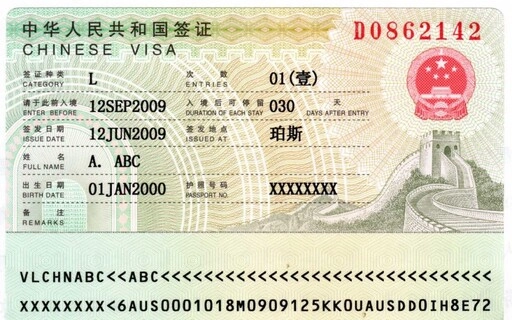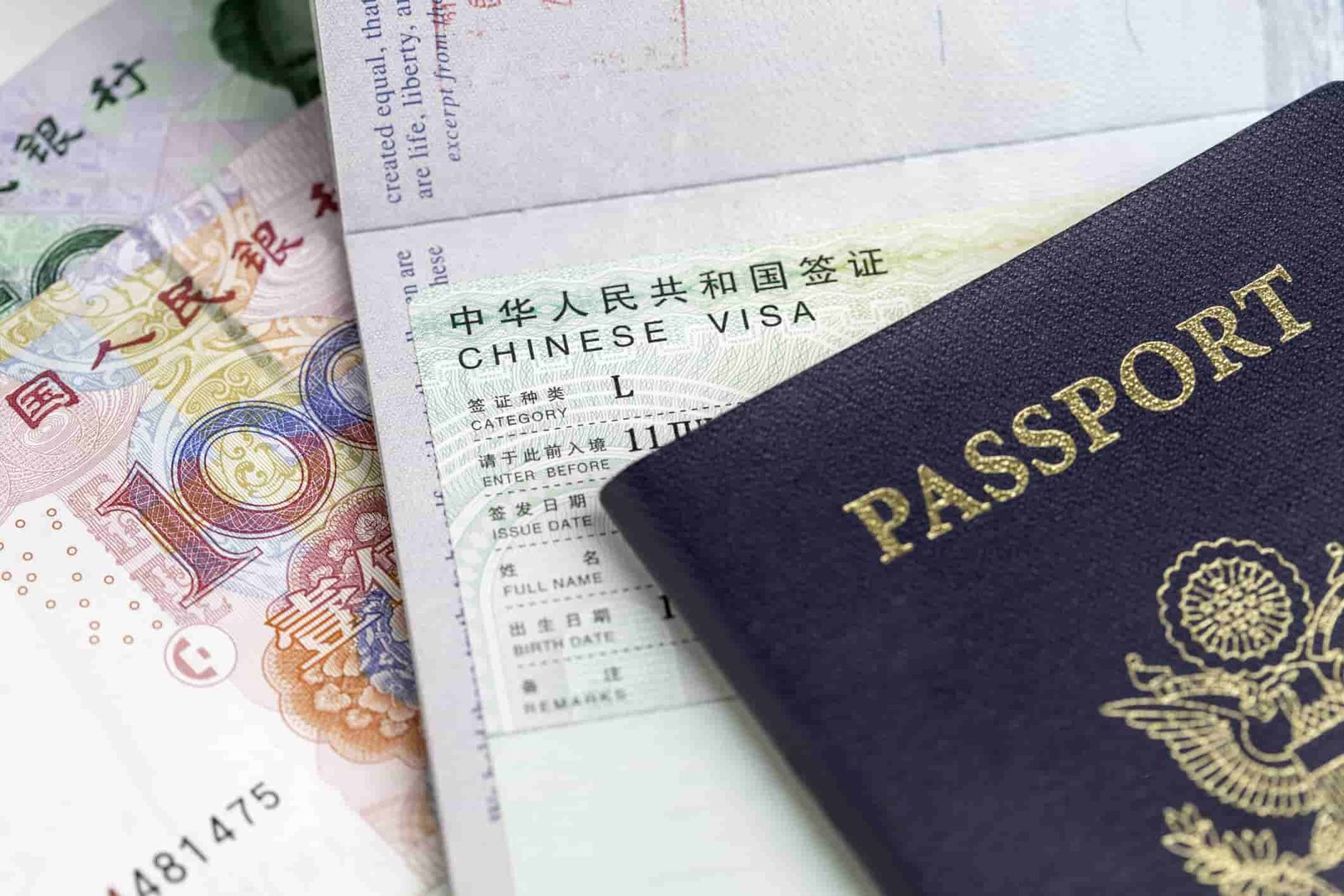China, a land of ancient wonders and modern marvels, draws millions of tourists yearly with its iconic landmarks—from the Great Wall to Xi’an’s Terracotta Warriors, and serene Tibetan landscapes. Whether you’re planning a china tourist adventure, a cultural deep dive, or a family trip, one critical step stands between you and your dream journey: **obtaining a Chinese visa**.
If you’re asking, “What do I need to prepare for a trip to China?” the visa is at the top of the list. This guide breaks down everything you need to know—from visa types to application steps—using insights from official sources like the Chinese Consular Service Network and top travel resources. Let’s turn your “trip to china tips” into actionable steps!
Understanding Chinese Visa Basics
A Chinese visa is an official permit issued by Chinese authorities allowing entry, exit, or transit through Mainland China. It’s not just a formality—getting it right ensures a stress-free start to your *travels in china*.
Key Terms to Know:
- Visa Type: Determined by your purpose (e.g., tourism, business, study).
- Validity: The period during which you can use the visa to enter China.
- Duration of Stay: How long you can remain in China per visit.
For most tourists, the L Visa (Tourist/Family Visit Visa) is the go-to option. Let’s focus on that!
Types of Visas for Tourists: Focus on the L Visa

What is the L Visa?
The L Visa is designed for foreigners visiting China for tourism, family visits, or leisure. It’s perfect for china travel guide enthusiasts exploring cities like Beijing, Shanghai, or Tibet.
Who Needs an L Visa?
Most international tourists need an L Visa—unless you qualify for visa-free entry (more on that later). Even if you’re just transiting through China, you may need a visa unless you meet specific transit rules.
Exceptions: Visa-Free Entry for Certain Travelers
Did you know some travelers can skip the visa? Here’s how:
- Bilateral Agreements: Citizens of 150+ countries (e.g., Singapore, Brunei) may enter visa-free under mutual agreements. Check the List of Visa Exemption Agreements for details.
- Transit Exemptions:
- 24-hour transit: No visa needed if you stay <24 hours and don’t leave the airport.
- 72-hour transit: For 53 countries (including the U.S., Canada, and most EU nations), you can explore cities like Xi’an (XIY), Guangzhou (CAN), or Chongqing (CKG) for up to 72 hours with confirmed onward tickets.
- 144-hour transit: Extend to 144 hours in regions like Shanghai, Beijing, or Tianjin.
Pro Tip: Always confirm visa rules with the National Immigration Administration before booking—policies update often!
Step-by-Step Application Process for an L Visa
Ready to apply? Follow these steps to avoid delays:
1. Confirm Your Eligibility
Ensure you need an L Visa (not a transit or business visa). If you’re a first-time applicant, check if your country has special requirements (e.g., Philippine passport holders need an NBI clearance).
2. Gather Required Documents
Don’t skip these—missing items will delay your application!
- Valid Passport: Must have at least 6 months of validity left and 2+ blank pages.
- Filled Application Form: Use the official Chinese Visa Application Service Center form. Attach a recent 2×2” photo (white background, no hat).
- Travel Itinerary: Proof of round-trip flights or train tickets.
- Hotel Booking: Confirmation of where you’ll stay in China.
- Invitation Letter (if applicable): If visiting family or friends, include a letter from your host with their Chinese ID or residence permit.

3. Submit Your Application
Apply through an official channel:
- Chinese Embassy/Consulate: Directly submit in person or via mail (check local guidelines).
- Visa Application Centers: Many countries use third-party centers (e.g., VFS Global) for processing.
4. Pay Fees & Track Progress
Fees vary by country—expect $30–$150. Track your application online or via email updates.
5. Collect Your Visa
Once approved, pick up your passport with the visa sticker. Check the validity and duration of stay—errors can ruin your plans!
Tips for a Smooth Visa Application
- Apply Early: Most applicants need 4–8 weeks. Last-minute requests may cost extra for expedited processing.
- Double-Check Details: Typos in your name or passport number can lead to rejection.
- Use Official Services: Avoid scams—only apply through Chinese Consular Service Network approved centers.
- Stay Updated: China’s visa policies (like COVID-era rules) change. Follow the Embassy of China for alerts.
Popular Destinations & Visa Tips
Planning a china tibet tour or a visit to Xi’an? Here’s what to know:
- Xi’an: A transit hub for 72-hour visa-free entry. Learn the xi’an china pronunciation (Shee-ahn) to communicate with locals!
- Tibet: Tourists need a Tibet Travel Permit (TTP) in addition to a Chinese visa. Arrange this through a licensed tour agency.
- Xinjiang: Check local travel advisories and ensure your itinerary aligns with visa duration.
Conclusion: Start Your China Adventure Today
Obtaining a Chinese visa doesn’t have to be overwhelming. By following this guide, gathering the right documents, and staying informed, you’ll be ready to explore the Great Wall, savor Xi’an’s street food, or trek through Tibetan valleys.
Ready to start? Visit the Chinese Visa Application Service Center today, and turn your “trip to china tips” into a reality. Share this guide with fellow travelers—let’s make travels in china unforgettable for everyone!
Safe travels, and welcome to China!}


0 Comment